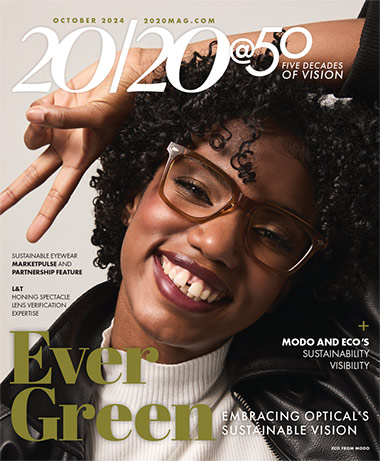
Growing up, when my family came home from the supermarket, we always saved all the plastic grocery bags and stored them under the kitchen sink. At the time, my family was being resourceful in saving them, but the environmental aspect of it certainly wasn’t in our minds, or in anyone else’s minds for that matter.
It wasn’t until years later when awareness for the environmental ramifications of single use plastic bags started to gain ground. I first began to hear more about it via the fashion world. In 2007, British accessories designer Anya Hindmarch designed a limited-edition canvas tote bag stitched with the words “I’m Not a Plastic Bag.” Meant to be reused as an alternative to plastic bags, the tote generated a tremendous buzz as thousands in London lined up to purchase one. The buzz later traveled across the pond to the U.S.—I confess I was among those who waited in line at Whole Foods in NYC when the bag made its debut here. Excited that I scored this super cute tote that made an environmental and fashion statement at the same time, I also wanted to do more to reduce my use of plastic bags. I began collecting other reusable bags and using them at not only the supermarket but in other stores as well. In the NYC area, the concept of reusable bags was still new at the time, and I often got funny looks when I gave the cashier my own bags. I recall one cashier angrily refused to let me use my own bag, citing that it was against store policy. I later found out that no such policy existed, but I was so confused at why this person felt so much rage when my intentions were good.
It took more than a decade for others to adopt this concept, but single use plastic bags today are banned in New York state, and at least 11 other states have similar bans. Except for a few grumblers, overall people have adapted and accepted the necessity to be more responsible. Of course, it’s not just plastic bags that contribute to landfill waste, our world is filled with endless forms of plastic. The good news is that awareness is at an all-time high, and manufacturers across all industries, including our own optical industry, are finding ways to incorporate more sustainability into their products and practices, and evolving the conversation beyond awareness into more circular thinking—how can we reuse what we already produced.
I’m proud of our industry for the strides we have made—seeing green has never been more promising, as we continue to expand our sustainable vision for the sake of future generations of eyewear consumers.
—Christine Yeh
Executive Editor
[email protected]










